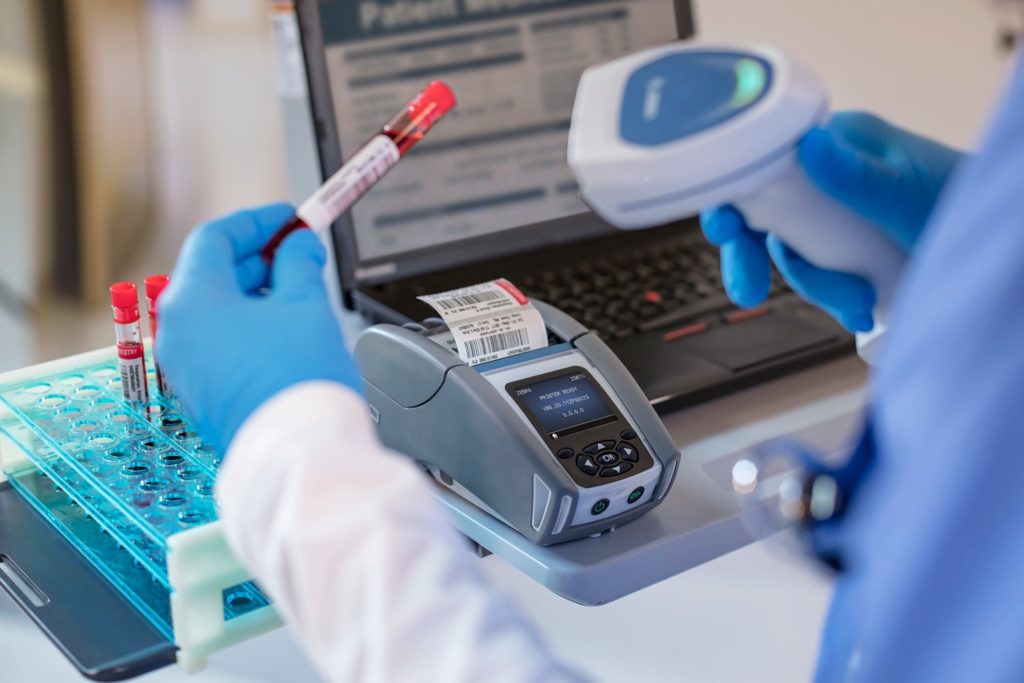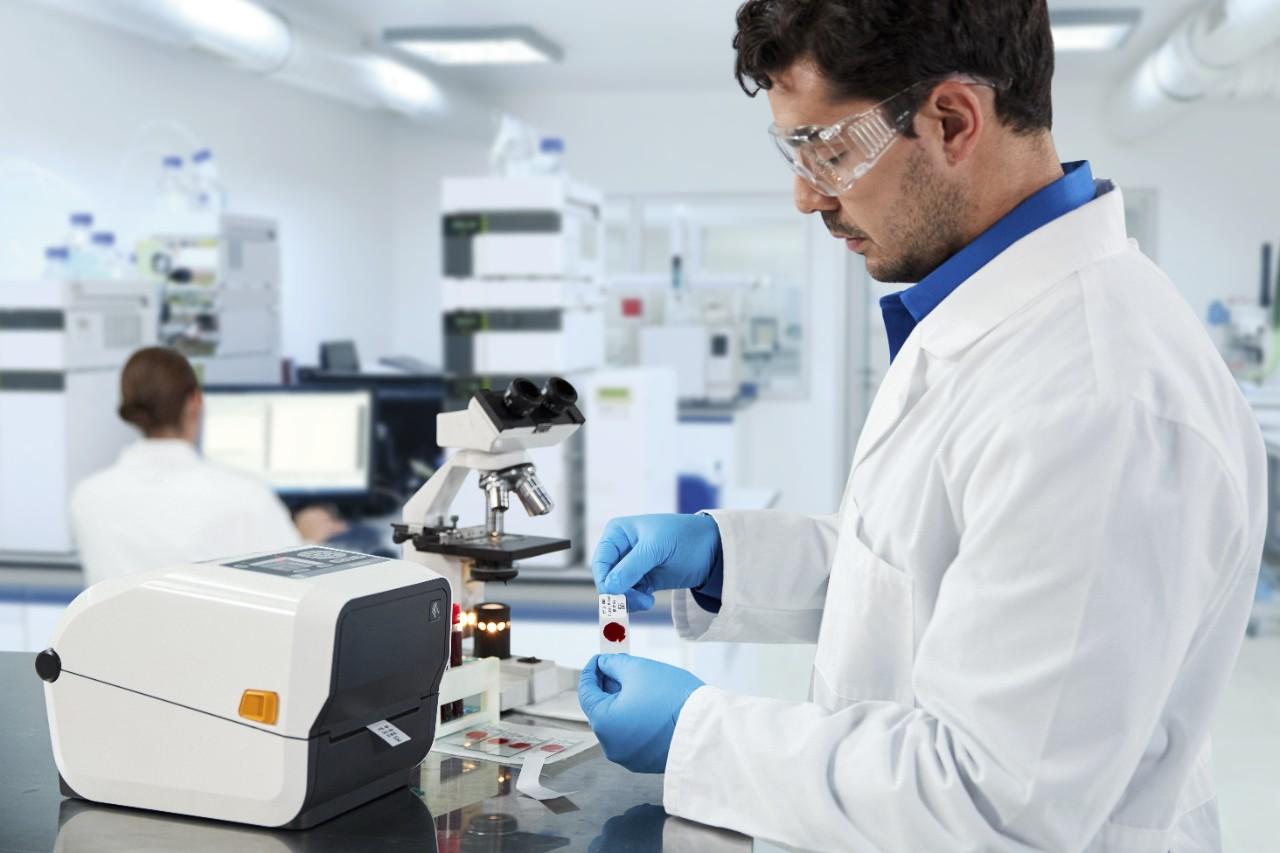Challenges with Specimen Tracking and Collection
Specimen collection is the process of collecting patient tissue or fluid samples for the purposes of testing and diagnosis. In turn, a specimen tracking system serves to create an accountable, documented journey for these samples and eliminate diagnostic errors. Although healthcare professionals and technicians work diligently, misdiagnoses are still a concerning issue. For example, approximately 12 million American adults are misdiagnosed each year, according to a 2014 study. These inaccurate diagnoses can lead to further health complications and even fatal consequences.
So, how does misdiagnosis occur? This can come about in several different ways, including:
- Labeling errors during collection
- Contamination or poor handling of samples
- Lack of transparency in the tracking process
- Sub-par collaboration between lab and health professionals
According to the American Association for Clinical Chemistry, automation through barcoding can address many of these challenges by creating a clear chain of custody that dramatically reduces critical errors.
What You Will Need
A successful and collaborative tracking system requires certified healthcare-grade mobile technology, tracking software, and reliable labels. All these components work with existing electronic medical records to both increase automation and reduce errors throughout the entire process.
Healthcare-grade mobile computers, as well as mobile printers, are a crucial first step to ensure accurate samples. These devices allow healthcare staff to print and label specimens at the point of collection. This dramatically reduces labeling mistakes, which are, unfortunately, responsible for a large percentage of diagnostic errors.
After collection, it is imperative that labs have an accountable barcode tracking system to manage containers, cassettes, and slides. This requires mobile computing, label printers, tracking software, and barcode scanners that are capable of 1D and 2D scanning. Once samples are sent to a lab, a barcode system will detail every time a sample is scanned, where it is was scanned, and who scanned it. In turn, facilities can ensure a fully traceable and accountable journey of samples from collection to disposal.
A successful barcode system comes down to the quality of your labels. Make sure you are using the right labels for your specimen tracking system. Access the white paper below!
Barcode Labeling in the Lab – Closing the Loop of Patient Safety
Setting up Your Specimen Tracking System
A successful tracking system comes down to not only having the right labels and mobile technology but a trusted partner that can help you implement a system that creates a documented journey from the point of collection to the lab. RMS Omega is experienced in improving data collection and tracking with both barcode and RFID technology. Ultimately, our goal is to work with your hospital, healthcare network, or small practice to identify challenges and customized solutions to improve patient care. Contact us to start improving patient specimen tracking and patient diagnosis today!